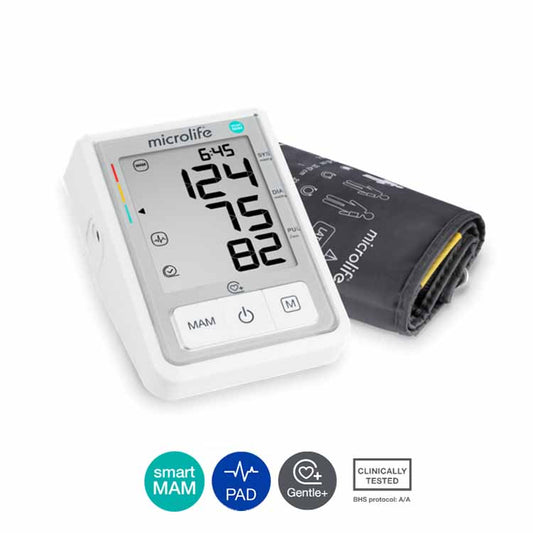
Diabetes Related Products
-
What causes Gestational glycosuria
Gestational glycosuria is diabetes that occurs around five or six months into pregnancy. The main reason is that pregnant women gain weight during pregnancy and their demand for insulin increases, but the pancreas fails to provide sufficient insulin secretion; at the same time, during pregnancy The body will secrete some hormones that compete with insulin, causing the function of insulin to decrease. Under this condition, excess sugar will accumulate in the blood, causing blood sugar to rise, causing gestational diabetes.
Gestational diabetes generally has no obvious symptoms, but if a pregnant woman eats, drinks, or urinates a lot, and her weight does not rise but falls; or if she does not eat much and her urine sugar test is positive during prenatal care, she may have gestational glycosuria. Blood glucose screening is required to confirm whether gestational diabetes is present. If pregnant women have doubts about their condition, they should discuss with their doctor to arrange a check-up as soon as possible, and conduct regular self-monitoring glucose test would help to know your current situation better.
-
What causes Pregnancy-induced Hypertension
Pregnancy-induced hypertension refers to a pregnant woman who has no history of high blood pressure in the past but develops symptoms of high blood pressure due to pregnancy. After 20 weeks of pregnancy, the blood pressure is 140/90mmHg or above and does not drop after 6 hours of rest.
People with pregnancy-induced hypertension may not have other symptoms. The rate of hypertension is as high as 5-10%, which is mainly related to the function of placental blood vessels, causing pregnancy-induced hypertension. Chronic hypertension refers to pregnant women with high blood pressure who develop proteinuria after 20 weeks of pregnancy. Remember to check regularly.
Blood pressure rises after 20 weeks of pregnancy. High blood pressure may cause convulsions or cramps in pregnant women. In severe cases, it may even cause the death of the mother or fetus.
-
ASCENSIA CONTOUR PLUS ONE Self Monitoring Blood Glucose Meter Set
Regular price HK$680.00Regular priceUnit price / per -
ASCENSIA CONTOUR® PLUS ONE meter
Regular price HK$680.00Regular priceUnit price / per -
ASCENSIA CONTOUR PLUS Blood Glucose Test Strip 100's
Regular price HK$450.00Regular priceUnit price / per -
ASCENSIA CONTOUR PLUS Blood Glucose Test Strip 50's
Regular price HK$239.00Regular priceUnit price / per -
ASCENSIA MICROLET Blood Glucose Test Lancet 100's
Regular price HK$89.00Regular priceUnit price / per
Other products
-

Upper Arm Blood Pressure Monitor
Learn moreUpper arm-type blood pressure monitors have high accuracy and stability, hence more people choose them.
-

Wrist Blood Pressure Monitor
Learn moreWrist blood pressure monitors are not only more portable, but also allow users to use them without taking off a lot of thick clothes on cold weather days. Therefore, many elderly people choose them.
-

Oximeter And Peak Flow Meter
Learn moreAn oximeter is a portable, non-invasive instrument used to measure arterial blood oxygen saturation (SpO2) and heartbeat (pulse) in adults and children.
Blood pressure monitor
Blood pressure monitor
-
MICROLIFE BP B6 CONNECT BLUETOOTH® BLOOD PRESSURE MONITOR WITH STROKE RISK DETECTION
Regular price HK$1,480.00Regular priceUnit price / per -
Microlife BP B3 AFIB Blood Pressure Monitor with STROKE RISK DETECTION
Regular price HK$1,380.00Regular priceUnit price / per -
Microlife BP A3L BASIC Blood Pressure Monitor
Regular price HK$690.00Regular priceUnit price / per -
Microlife BP B3 BASIC Blood Pressure Monitor with SMART MAM
Regular price HK$560.00Regular priceUnit price / per -
Microlife BP 3BR1-3P Blood Pressure Monitor
Regular price HK$490.00Regular priceUnit price / per -
Microlife BP A2 CLASSIC Blood Pressure Monitor
Regular price HK$460.00Regular priceUnit price / per -
microlife BP B2 BASIC Blood Pressure Monitor
Regular price HK$590.00Regular priceUnit price / per















